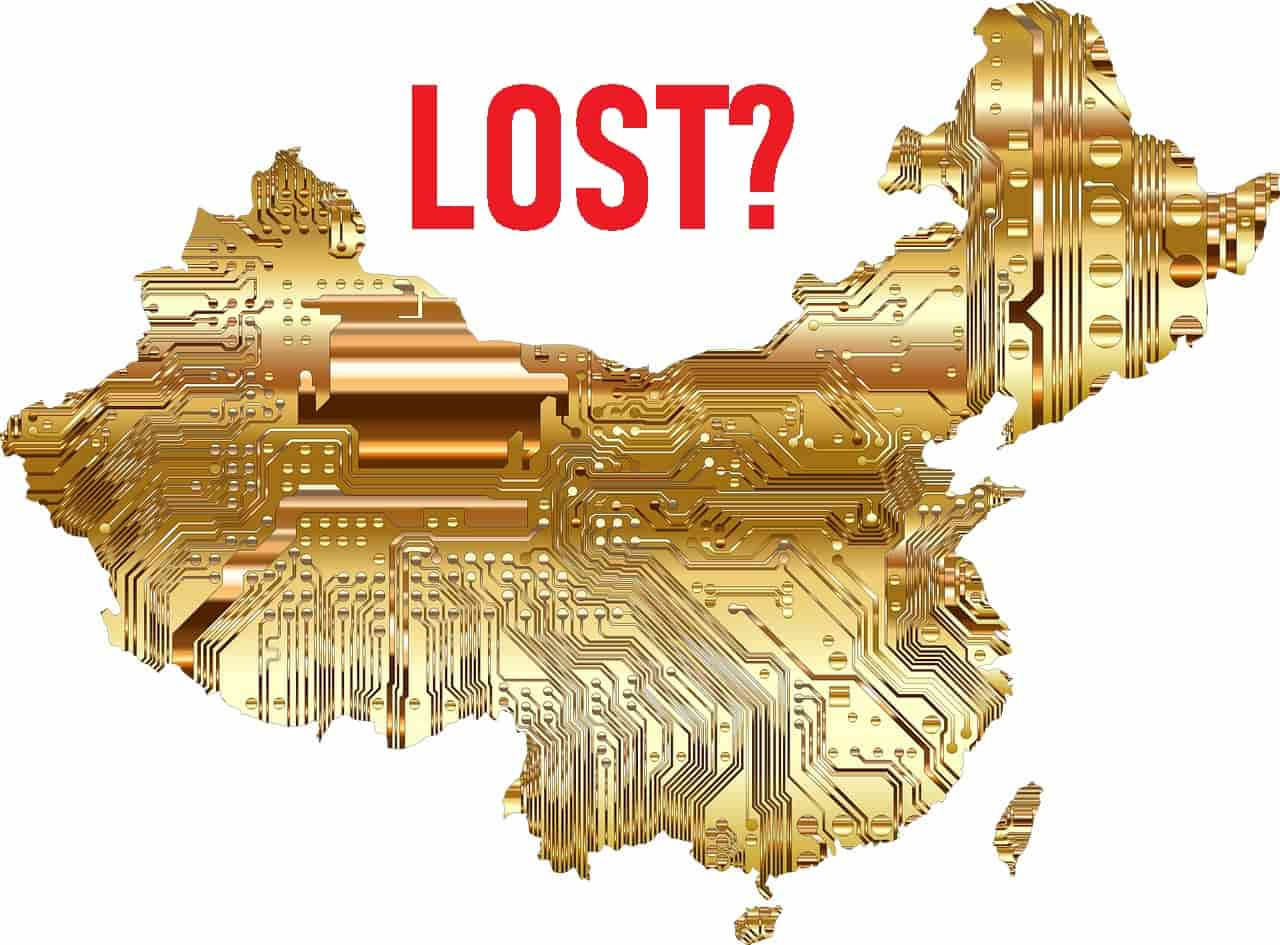the evolving semiconductor industry, specifically the relationship between China and the United States. The story touches on key issues like technology theft, trade policies, governmental influence, and the geopolitical implications of the control over semiconductor production.
The primary focus is the rise of the semiconductor industry in China and the corresponding tensions with the U.S., primarily due to concerns over intellectual property theft and national security. It explores how China’s efforts to catch up in the semiconductor space involved the creation of domestic companies, collaboration with foreign firms, and alleged instances of intellectual property theft.
Chapter One: From Silicon to Circuits: The Evolution of the Semiconductor Industry
Deep within the veins of technology’s rapid progression lies the humble chip. A feat of human ingenuity that sparked the digital revolution, it has charted an audacious journey from a tiny speck of silicon to a mighty microcosm of transistors. The transformative power of these microchips is undeniable, but the story of their evolution – an intricate dance of science, geopolitics, and commerce – is just as compelling.
Chapter Two: ASML: The Lone Warrior of Chip Making
ASML, a name synonymous with semiconductor innovation, emerged as the only company in the world capable of crafting the most advanced semiconductor chips. Like the masterful strokes of a skilled craftsman, ASML’s machines imprint circuits onto silicon, giving birth to the ‘brains’ powering our digital lives. Yet, their uniqueness also made them the prime target for imitation.
Chapter Three: Navigating the Murky Waters of Intellectual Property Theft
Amidst the hustle and bustle of tech innovation, the specter of intellectual property theft lurks ominously. When Zongchang Yu, an ex-ASML engineer, sparked his own ventures in China and the US, allegations of stolen information from ASML’s bastion arose. An intricate web of economic espionage was being woven, setting the stage for a fierce global standoff.
Chapter Four: The Chessboard of Geopolitics: Chip Production in Spotlight
The production of semiconductors isn’t merely an economic venture; it’s an elaborate geopolitical chess game. Nations vie for control, cognizant of the significant power the tiny chip wields. The clash of the titans, the United States and China, underlines the complex intersection of tech innovation, national security, and global dominance.
Chapter Five: The Dragon’s Gambit: China’s Leap into Chip Technology
China’s desire to become a self-reliant technological powerhouse led to aggressive investment in domestic chip design and manufacturing. But this ambitious move had a shadowy side – the ‘borrowing’ of foreign technologies to accelerate growth. This strategy, backed by the Chinese government, triggered an international alarm, escalating the simmering tensions.
Chapter Six: Trade Policies: The Invisible Hand Shaping the Semiconductor Landscape
The hand that moves the chess pieces on the global semiconductor board often belongs to those drafting trade policies. The fluctuating US-China relations, shaped by tariffs, bans, and restrictions, have profound impacts on the technological ecosystem. As each decision unfolds, the global landscape of chip production trembles.
Chapter Seven: Taiwan: The Unsuspecting Kingpin of the Semiconductor World
In the midst of the roaring chip war, Taiwan emerged as an unlikely key player. This small island nation’s prowess in advanced chip manufacturing makes it an invaluable asset. But its crucial role also places it at the heart of the US-China rivalry, painting a complex picture of tech advancement, political intrigue, and potential conflict.
Chapter Eight: Zongchang Yu: An Unlikely Protagonist in the Chip Saga
When Zongchang Yu walked away from his engineering job at ASML, little did he know he was stepping into the heart of a technological maelstrom. His subsequent ventures triggered a chain reaction of allegations, investigations, and counter-moves, placing him in the center of an international narrative of technological ambition, controversy, and rivalry.
Chapter Nine: Moore’s Law: The Fuel for the Semiconductor Race
Moore’s Law, the ambitious prophecy from Intel founder Gordon Moore, has been the pulsating heart of chip technology for over five decades. The bold prediction that a chip’s computing power would double every year or so has set the tempo of the industry. But how does this relentless pursuit of advancement shape global tech dynamics?
Chapter Ten: Treading the Fine Line: Technology Dependence and National Security
As nations continue their high-stakes race towards tech superiority, they find themselves on a tightrope. On one side, the promise of progress and power; on the other, the perilous pitfalls of dependence on foreign technology. This balancing act raises critical questions about national security, sparking intense debates in the corridors of power.
Chapter Eleven: Navigating the Semiconductor Supply Chain: From Silicon to Finished Chip
The journey of a chip from raw material to finished product is a complex odyssey involving multiple nations, technologies, and industries. Each stage, from design to assembly, presents unique challenges and dependencies. It’s a global relay race that is as fascinating as it is intricate.
Chapter Twelve: Globalization’s Double-Edged Sword: Pros and Cons in the Chip Industry
The global semiconductor industry is a testament to the powers and perils of globalization. As nations interweave their resources, knowledge, and skills to produce increasingly complex chips, they also expose themselves to risks – dependencies, vulnerabilities, and geopolitical tensions. The industry stands at this precipice, looking at a future both promising and fraught with uncertainty.
Chapter Thirteen: The US Stratagem: Maintaining Lead in Chip Technology
In this high-stakes tech game, the United States has moved assertively to protect and extend its lead. From passing legislations to pouring billions into domestic manufacturing, the US strategy is a fascinating study in technological preservation and advancement. But what are the repercussions of these aggressive moves?
Chapter Fourteen: Intellectual Property Wars: China’s Strategy to Leapfrog the Semiconductor Industry
China’s strategy to accelerate its chip technology involved an audacious – and controversial – approach to intellectual property. The alleged replication of foreign technology, backed by the state, was seen as a shortcut to catching up with more advanced players. However, this tactic sparked international ire, further exacerbating the already tense US-China relations.
Chapter Fifteen: Reshaping the Future: The Ongoing Battle for Semiconductor Supremacy
As nations jostle for control over the future of semiconductor technology, the ramifications reverberate across the globe. This ongoing battle is not just about market share or economic superiority – it’s about shaping the future itself. As each chapter of this saga unfolds, the world watches with bated breath, awaiting the next move in this compelling game of technological chess.















